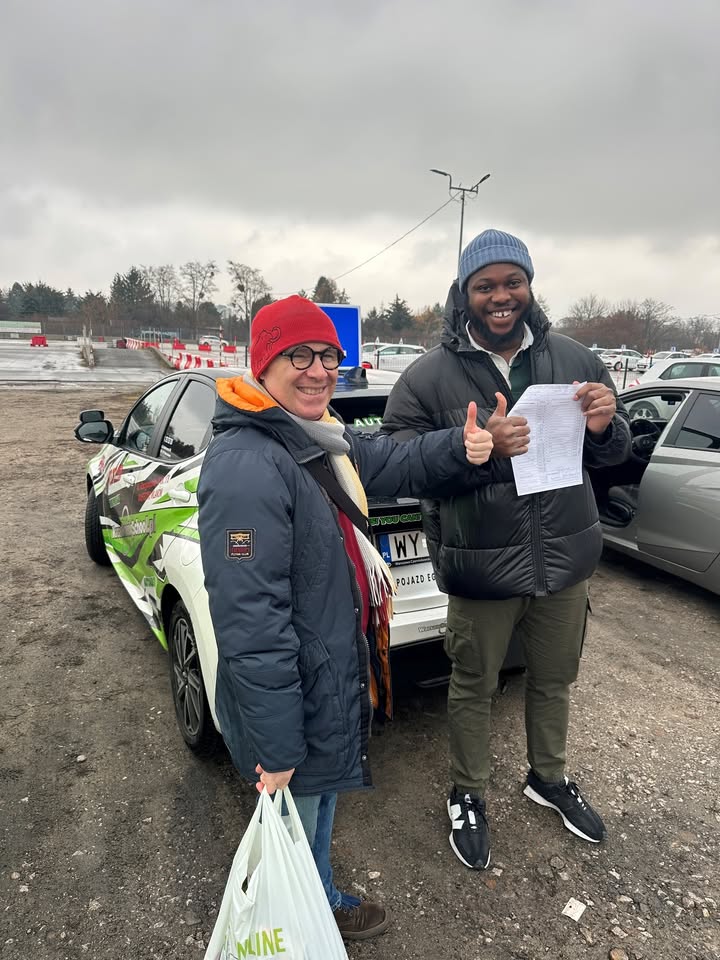Driving License Learning Online Explained In Fewer Than 140 Characters
Driving License Learning Online: A Comprehensive Guide
In today's busy world, the need of possessing a driving license can not be ignored. The age of digitalization has actually changed the method people can get ready for their driving tests. Online learning platforms now offer a hassle-free and effective ways of obtaining necessary knowledge and skills needed to pass the driving test. This post will explore the numerous aspects of driving license learning online, including its advantages, how it works, and what to expect.
The Evolution of Driving License Education
Typically, obtaining a driving license included going to physical classroom sessions along with behind-the-wheel training. Trainees needed to manage traveling to classes and acquiring practical experience, which might be both lengthy and tough. Nevertheless, the introduction of online learning has actually reinvented this process, making it more accessible and flexible.
Benefits of Learning to Drive Online
Learning to drive online deals various advantages, including:
- Flexibility: Learners can prepare for their tests at their own speed and convenience, without the stiff scheduling usually connected with traditional classes.
- Cost-Effectiveness: Online courses typically come at a lower cost compared to in-person instruction, making it an attractive alternative for many.
- Access to Resources: Comprehensive online courses often include simulations, tests, and training videos that enhance the learning experience.
- Updated Information: Online products are typically updated more routinely, guaranteeing students get the most current info on traffic laws and regulations.
- Self-Paced Learning: Students can examine sections they find hard and progress through the material as they master each topic.
How Online Driving Education Works
A lot of online driving courses are structured to supply a thorough learning experience. Below are the common components of an online driving course:
1. Register in a Course
- Trainees pick an online driving school that fits their requirements and register for a course.
2. Gain Access To Study Materials
- Upon enrollment, learners get to a portal including research study materials, consisting of multimedia material, practice tests, and resources on state-specific traffic laws.
3. Research Study and Complete Instructional Modules
- Courses are broken down into modules that learners should finish. Many platforms use video lectures, interactive quizzes, and reading materials.
4. Take Practice Tests
- A lot of online learning platforms supply chances to take practice tests, mimicking the actual composed driving test. This helps trainees gauge their readiness for the real exam.
5. Behind-the-Wheel Training
- While online courses focus on theoretical knowledge, trainees will still need practical driving practice. Zakup Prawa Jazdy Online recommend partnering with an experienced chauffeur or enrolling in a local driving school for hands-on training.
6. Set Up the Driving Exam
- As soon as trainees feel positive in their knowledge and abilities, they can arrange a visit for the composed and driving tests with their local automobile department.
Table: Comparison of Online vs. Traditional Driving Learning
Feature
Online Driving Courses
Traditional Driving Schools
Flexibility
High (research study at own pace)
Limited (fixed class schedule)
Cost
Usually lower
Usually higher
Learning Format
Self-directed multimedia
Instructor-led lectures
Research study Materials
Upgraded regularly
May not show the most current laws
Behind-the-Wheel Guidance
Requires external arrangements
Included in the bundle
What to Expect from Online Driving Courses
While each online driving course might differ, students can normally expect the following:
- Comprehensive Curriculum: Courses cover vital topics such as traffic laws, roadway indications, safe driving practices, and protective driving strategies.
- Interactive Learning: Many online courses implement gamification strategies to make learning fun and engaging.
- Assistance: A trustworthy online driving school should offer access to trainers by means of e-mail, chat, or phone for extra support.
Frequently Asked Questions (FAQs)
1. Is online driving education acknowledged by all states?
While numerous states accept online driving courses for the written part of the exam, policies may differ when it comes to the behind-the-wheel training. It is important for trainees to validate their state's specific requirements.
2. Can I learn to drive without a physical class?
Yes, you can finish the theoretical portion of driving education entirely online; however, practical driving lessons with a knowledgeable adult or a licensed trainer are vital.
3. Are online driving tests the very same as in-person tests?
The format of online practice tests often looks like the actual tests, but they might not always be identical to the state-specific driving examinations. Nevertheless, they serve to familiarize students with the test structure and material.
4. Is online driving education ideal for all age groups?
Yes, online driving education is available and useful for learners of any ages, whether young adults preparing for their first driving test or older grownups seeking to refresh their abilities.
5. What occurs if I fail the online practice tests?
Failing a practice test is typical and should not dissuade learners. Many online courses enable unrestricted attempts to retake quizzes and tests until a passing grade is achieved.
Learning to drive online provides a feasible alternative for many individuals aiming to get their driving license in a flexible and cost-effective manner. With the advancement of online education, people can now prepare for their driving tests with ease and self-confidence. As learners browse this self-paced journey, they can take advantage of detailed resources, engaging content, and the benefit of handling their own schedules. Eventually, whether choosing online education or a standard approach, the key stays the dedication to safe driving practices and compliance with local regulations.
